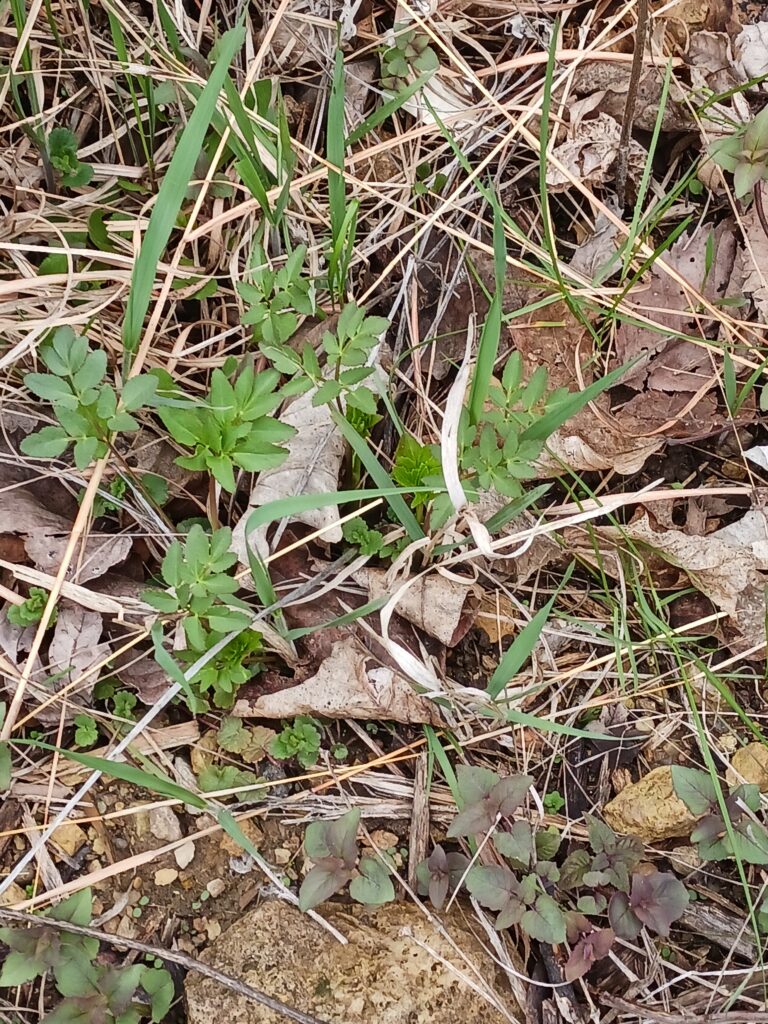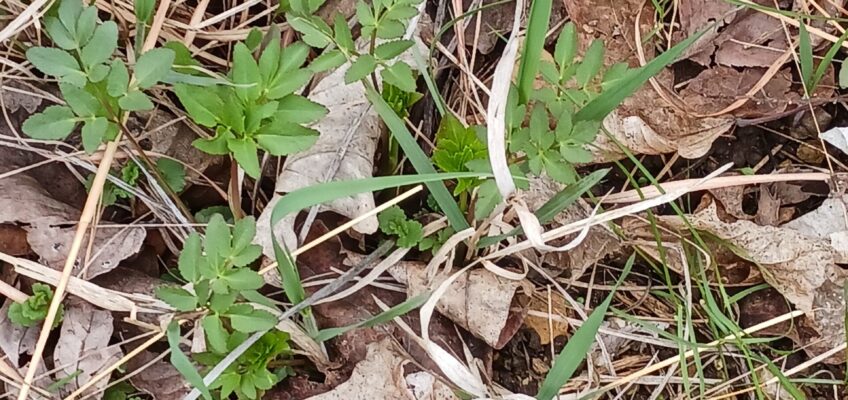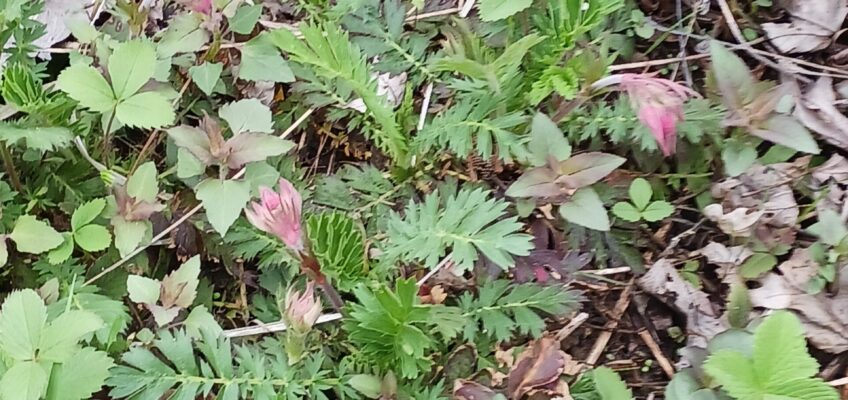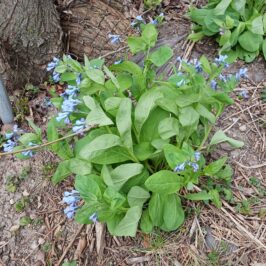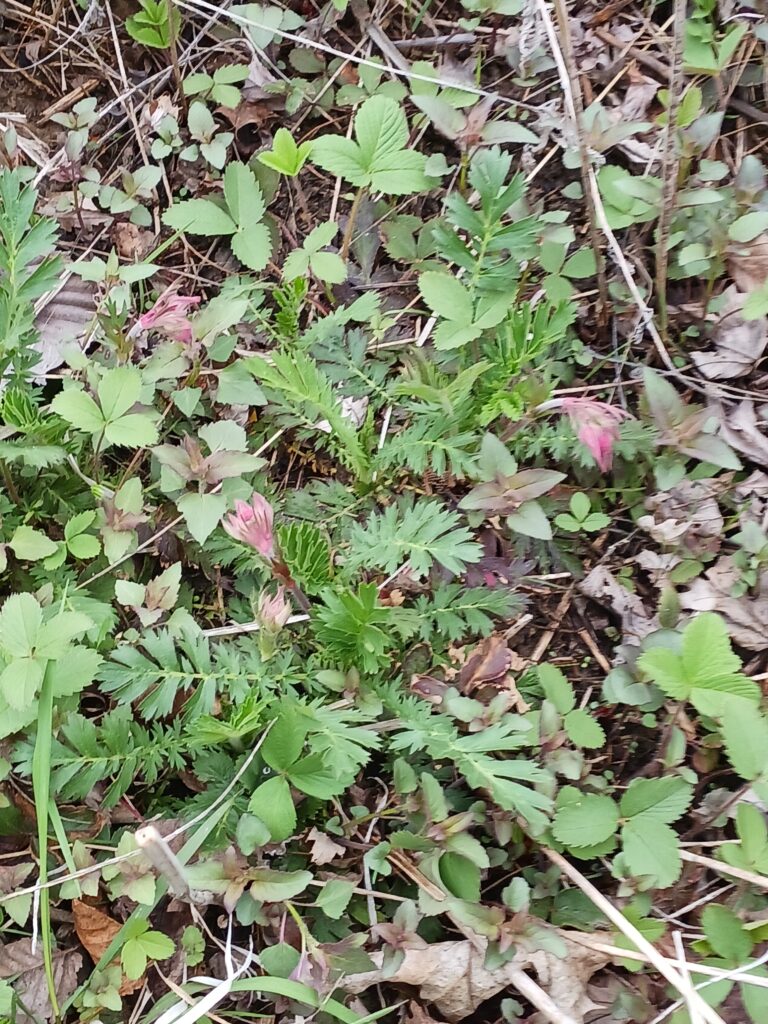
Happy Spring, everyone! Finally, some flowers are opening up, new plants are sprouting, and migrating birds are returning. Hurray! It may not be obvious unless you look carefully, but a lot is going on in the Warwick Way Gardens. The wild strawberry plants are spreading, as is Monarda (Bee Balm), and Golden Alexanders. Jacob’s Ladder will be blooming before long, and Prairie Smoke plants are sending up blossoms. Along the back fence in part shade, Dutchman’s Breeches, Virginia Bluebells, Wild Ginger, and Canada White Violets are coming back and will bloom soon. These early blooming wildflowers provide critically needed nectar and pollen resources for the over-wintering insects that are emerging. Bumblebee queens, especially, need to find nectar and pollen as soon as they emerge. The queens are the only bumblebees that survive the winter, and they need resources to make nests and start new colonies from scratch. In 2020 Susan Carpenter from U.W. Arboretum identified four Bombus species in our gardens!
In addition to planting early blooming wildflowers, there are other practices all homeowners can use in their yards and lawns that will benefit bumble bees and other early-emerging pollinators. One that’s getting lots of attention recently is a movement called “No Mow May”. That effort in the U.S. got started a couple years ago by two Lawrence University professors, and gained attention with a N.Y. Times article. Here is an accessible NBC News article with a brief summary: https://www.nbc15.com/2022/03/30/appleton-creates-national-buzz-about-no-mow-may/
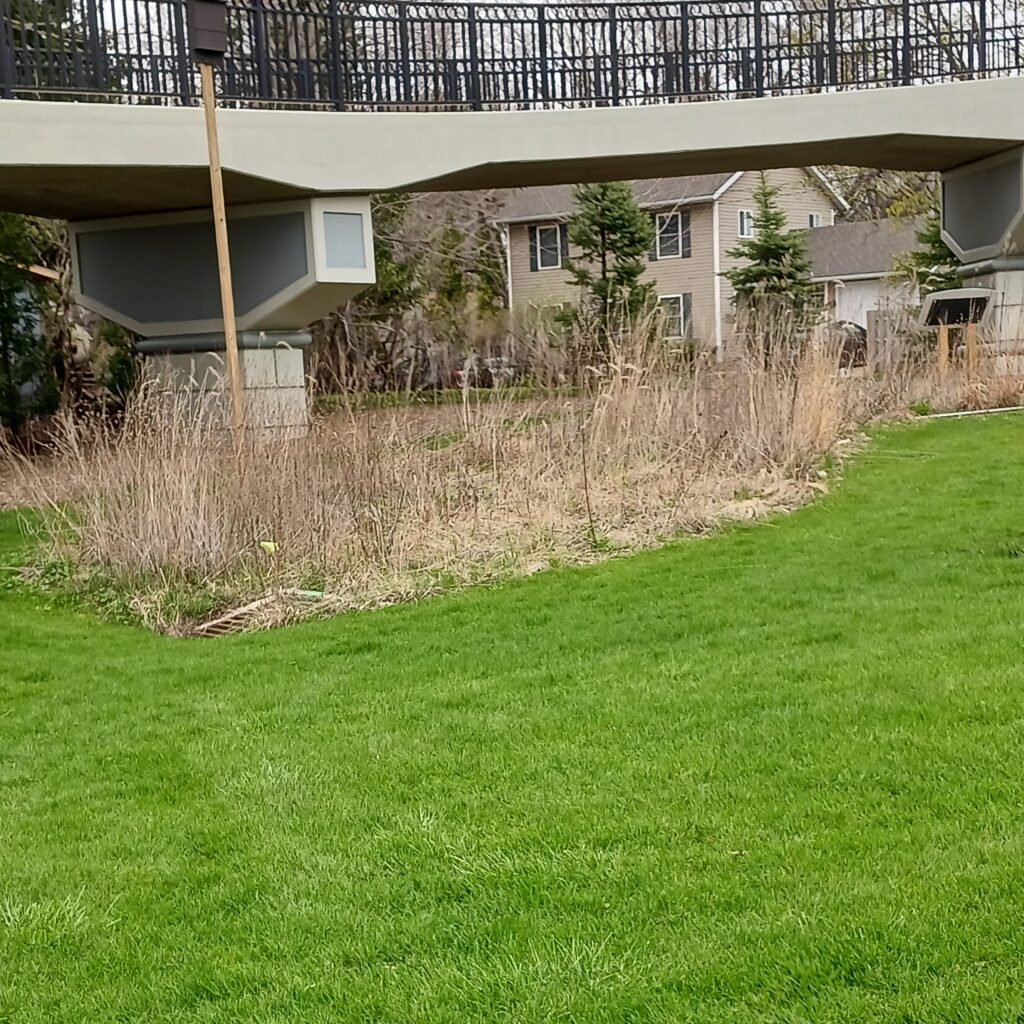
The dandelions, clover, and creeping Charlie that many consider nuisance weeds actually provide needed resources for insects. Lawns in Appleton that allowed these to grow through May had five times the numbers of bees and three times as many species of bees than ones that were mowed. So naturally one asks, is Madison participating in this? Unless there is latitude offered for tall grass, homeowners in Madison are supposed to keep their grass under 8 inches tall. Our CMNNA Board member Laura Scandurra has looked into it, and found that “…Alders Arvina Martin and Lindsey Lemmer brought this up, which led to conversations with Parks, Streets, & Engineering and other City staff. … Alders and staff are working with Stacie Reese, Sustainability Program Coordinator, to develop a modified No Mow May resolution to introduce at the May 10th Common Council meeting.”
Another practice that needs to take place before “No Mow May” is what I would like to call “No Rake April”. The idea there is to avoid raking off leaves and cutting down old flower stalks and stems until the daytime air temperatures stay above 50 degrees. That allows the overwintering insects, including bees, and insect larvae, to remain undisturbed until air temperatures are warm enough for them to fly, and to find food. Or, if you feel compelled to neaten up your yard, leave several inches of stalks standing, and remove the rest to a pile in a corner of your back yard.
Along with avoiding the use of pesticides and herbicides, and planting early blooming native wildflowers, these are “Bee Friendly” practices that provide protection, habitat and food resources for many of our critically threatened and endangered pollinators.
And as for Warwick Way Gardens…since we are finally getting several days coming up where the temperatures will be warm enough, it is time to begin some spring clean-up. We are hoping for volunteers to help us remove some of the dead plant material. We will leave about a foot of standing stalks, and remove the rest to the side borders. If you are willing to help, please contact Carol at area6@cmnna.org. Your efforts will be greatly appreciated!
